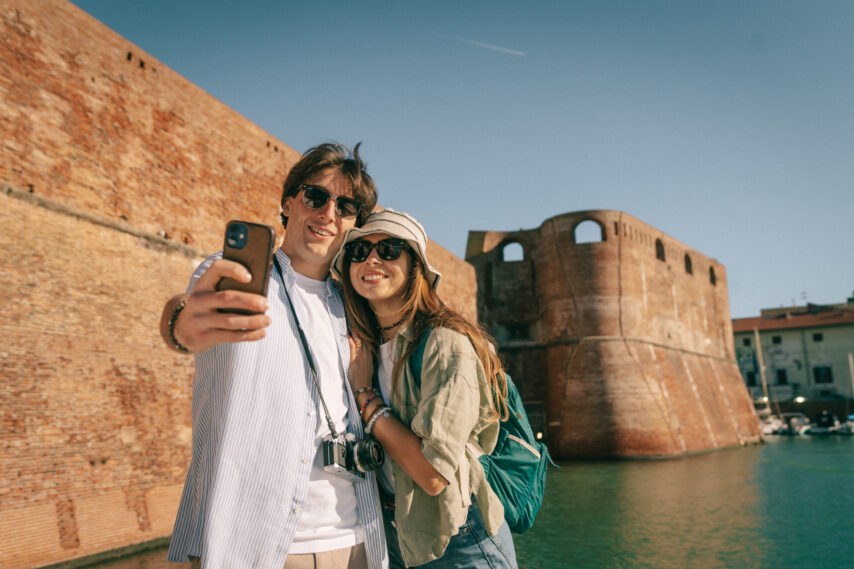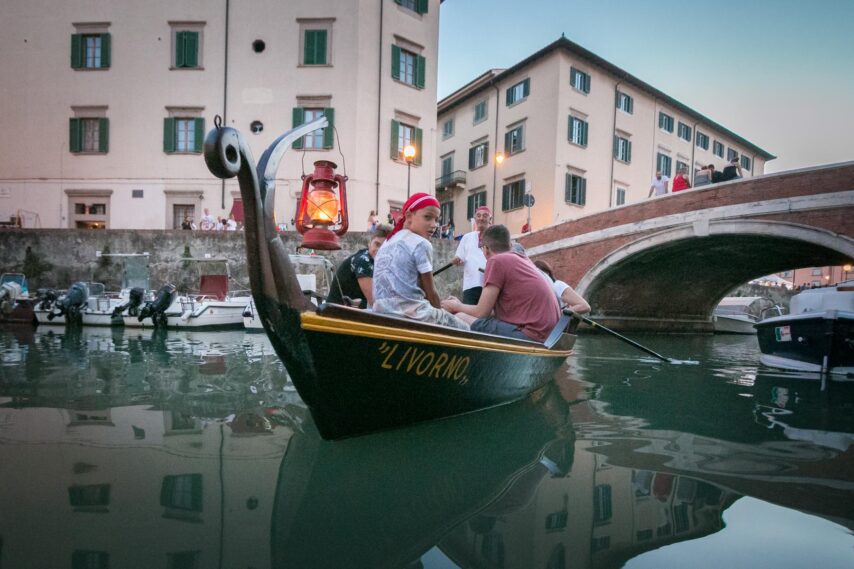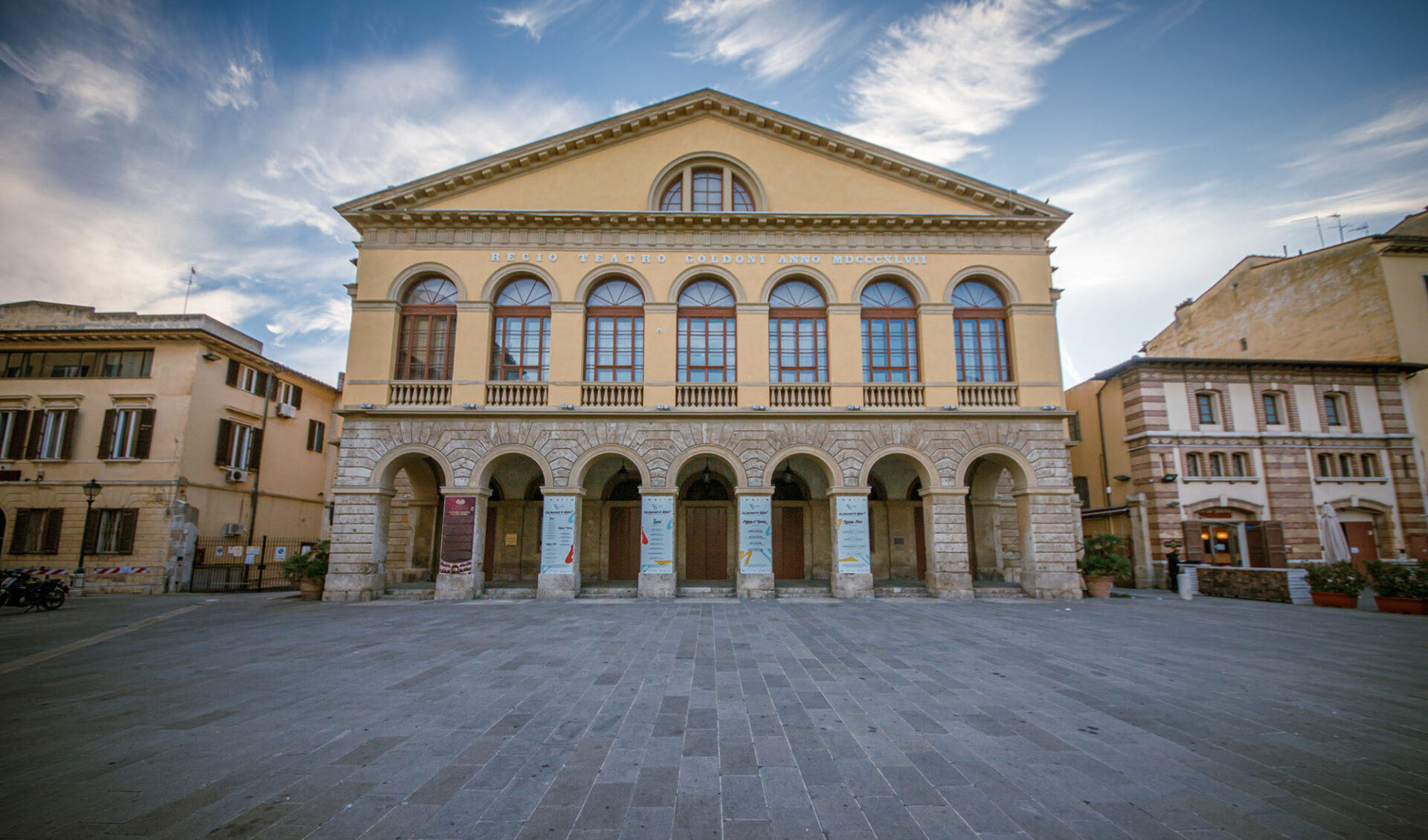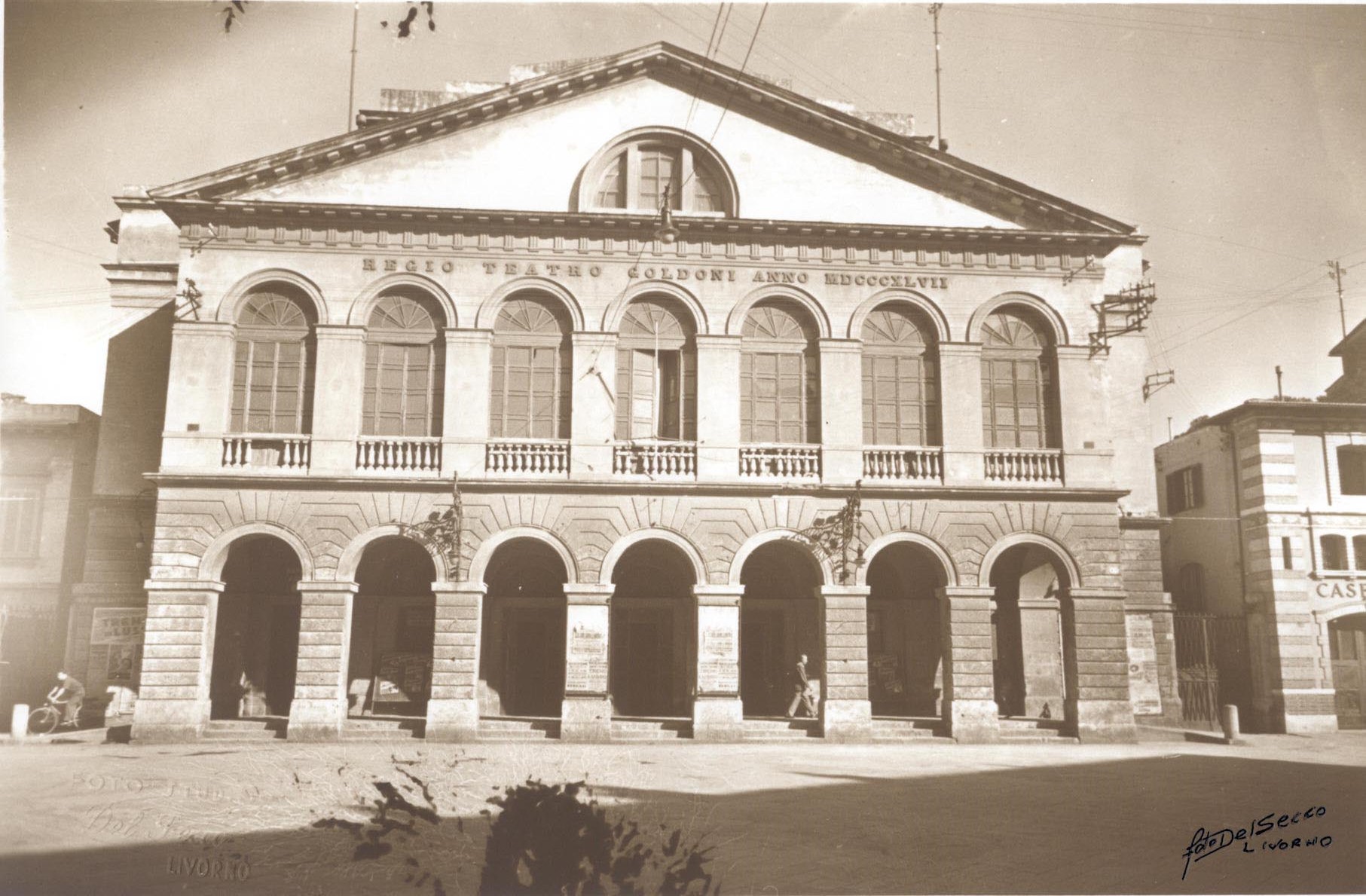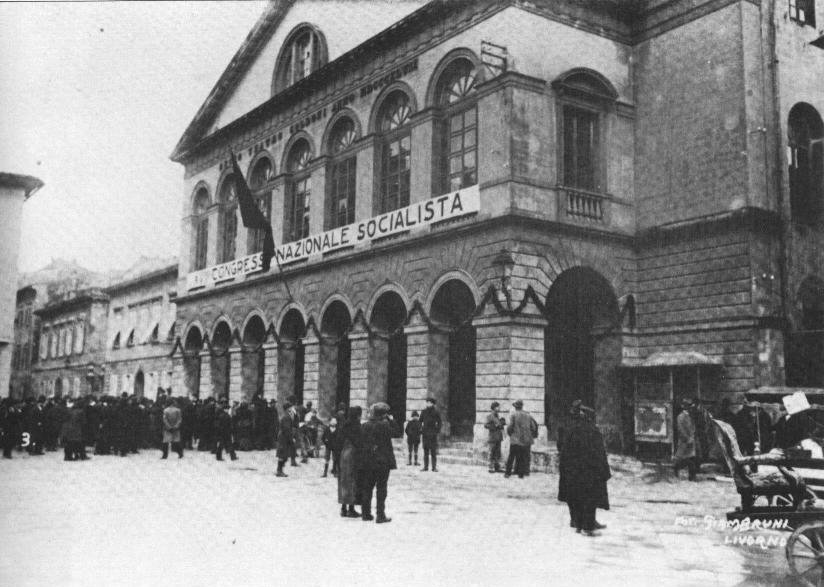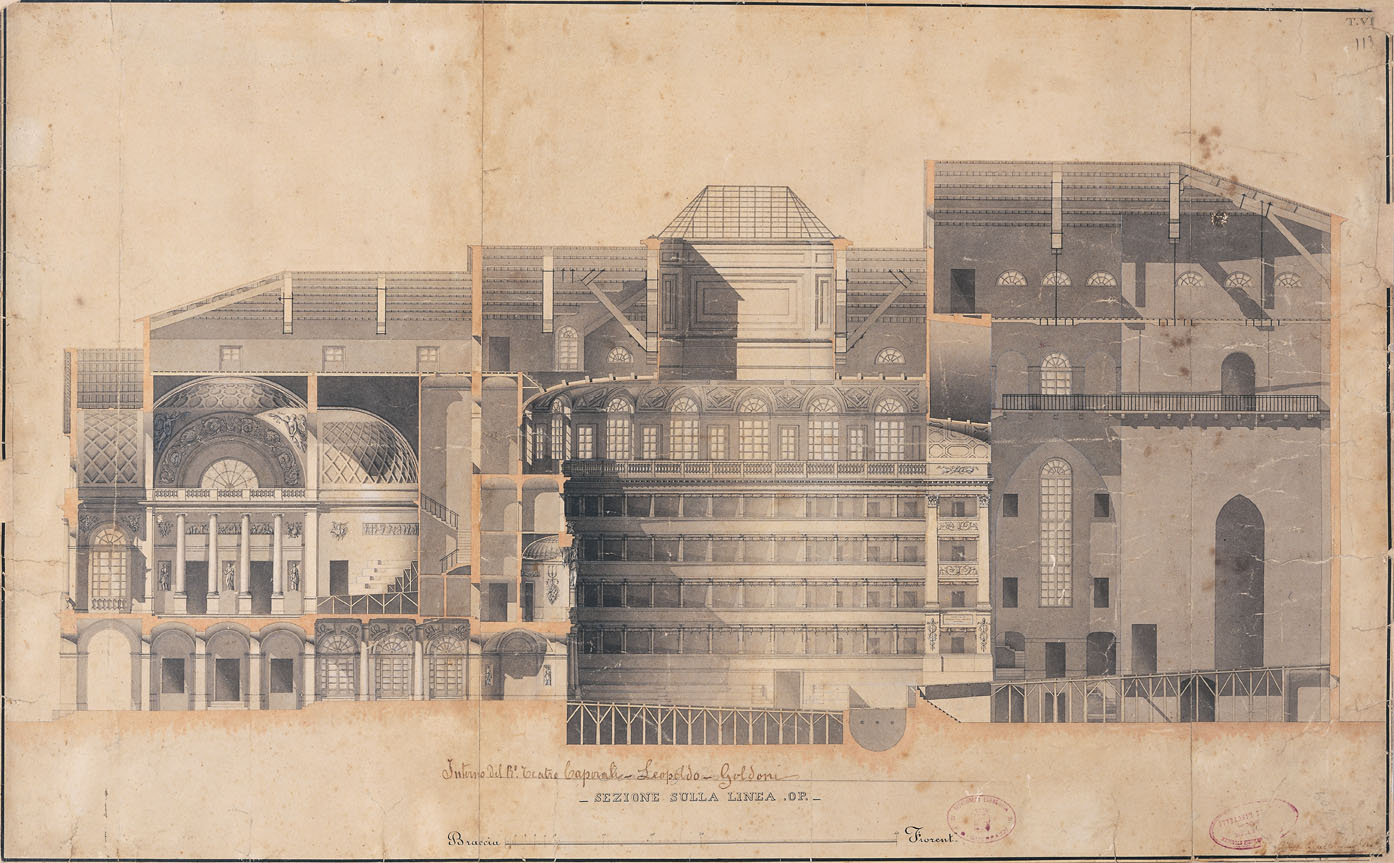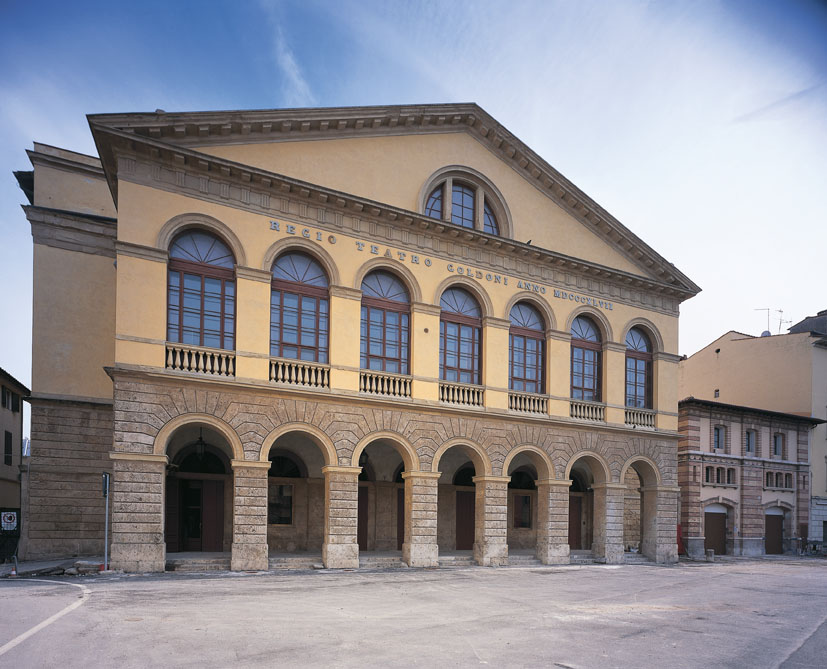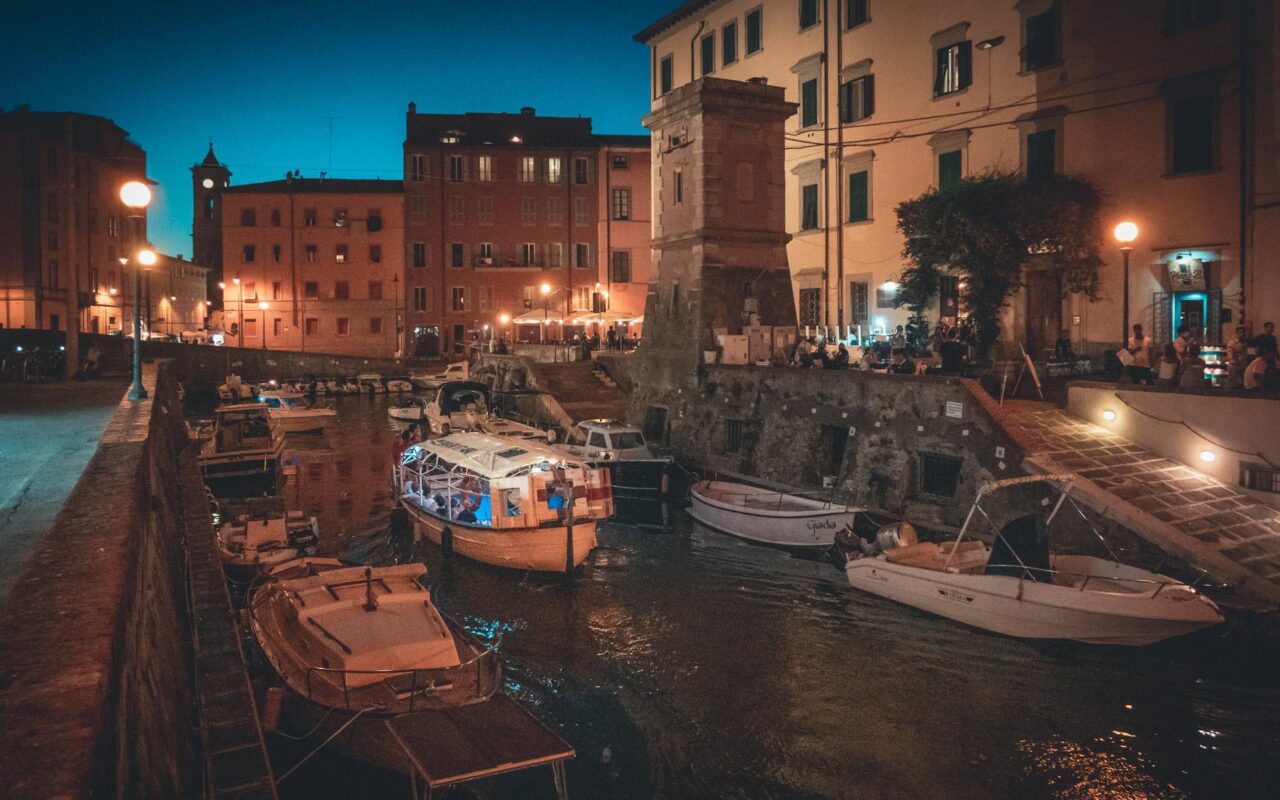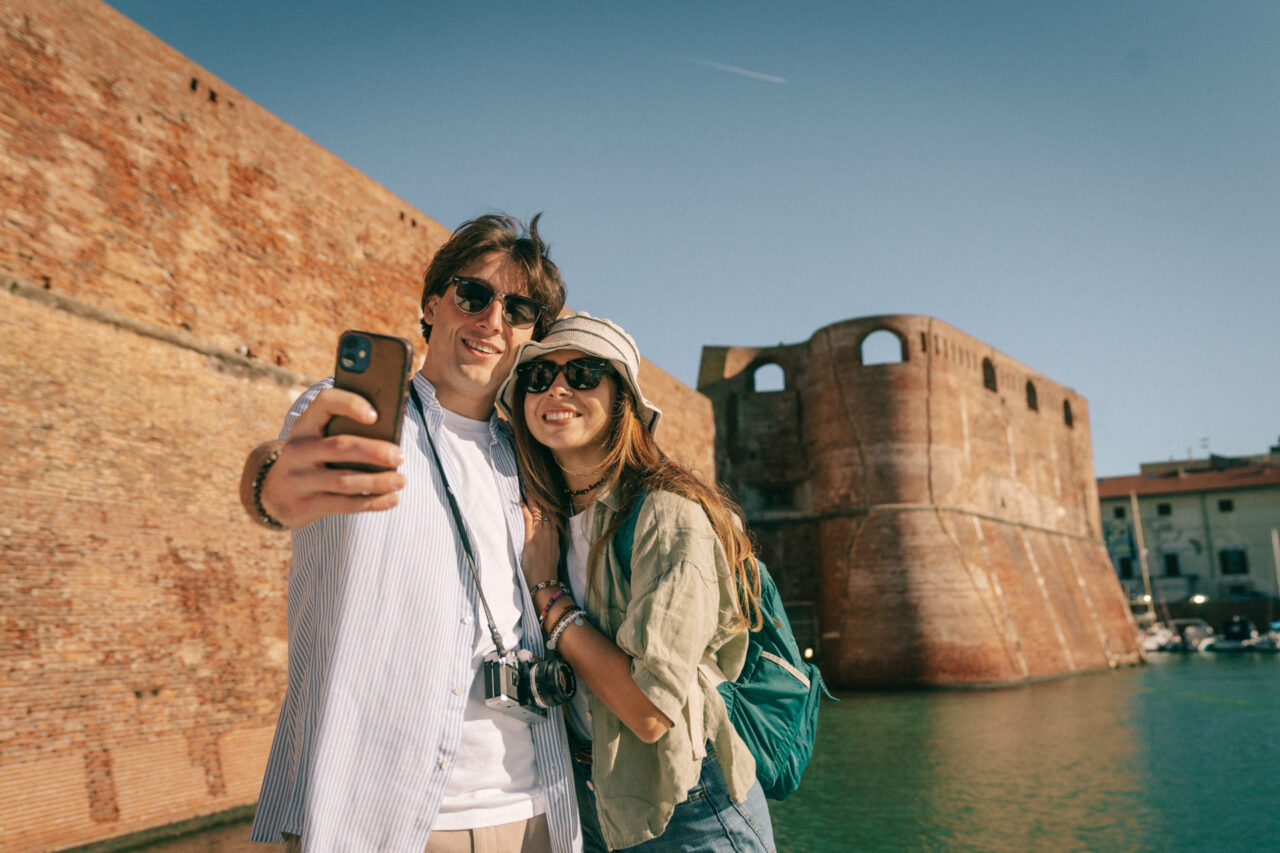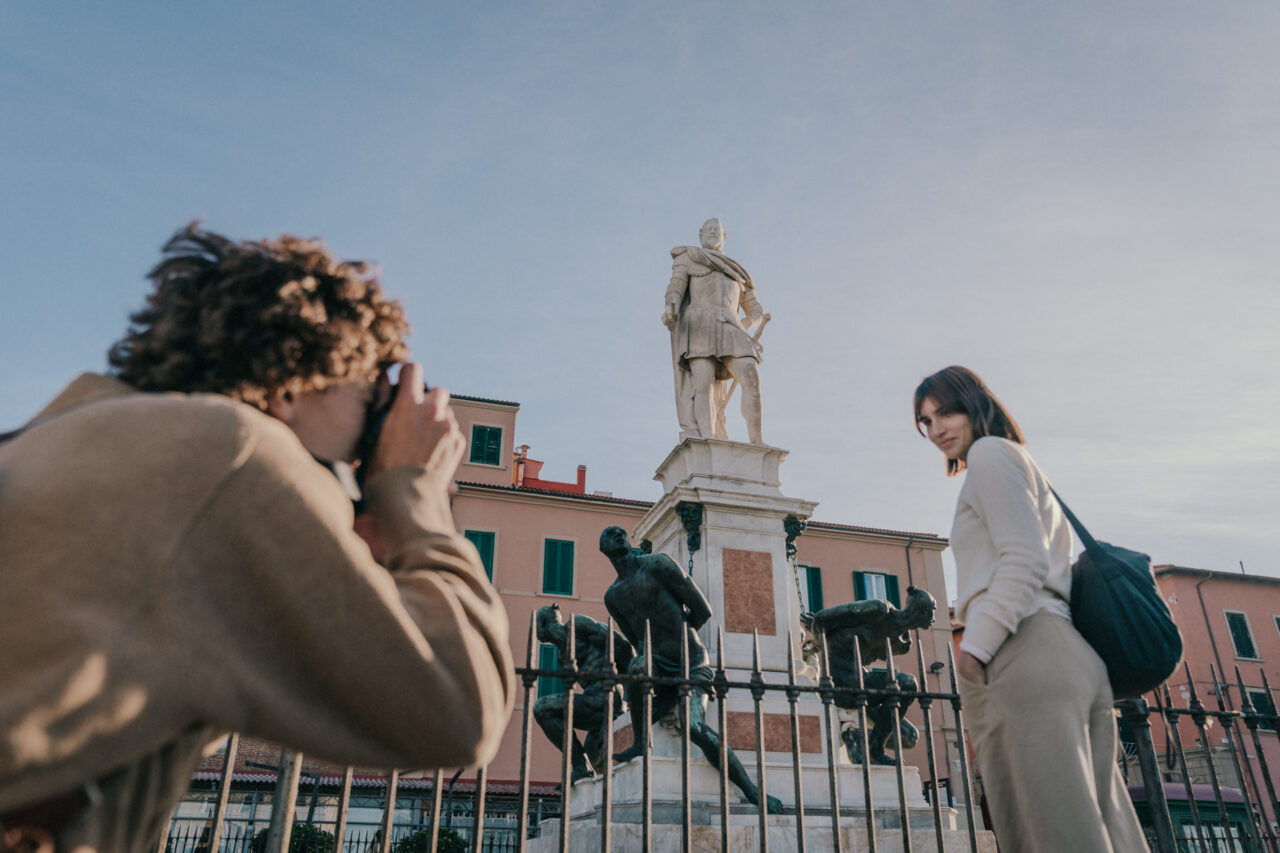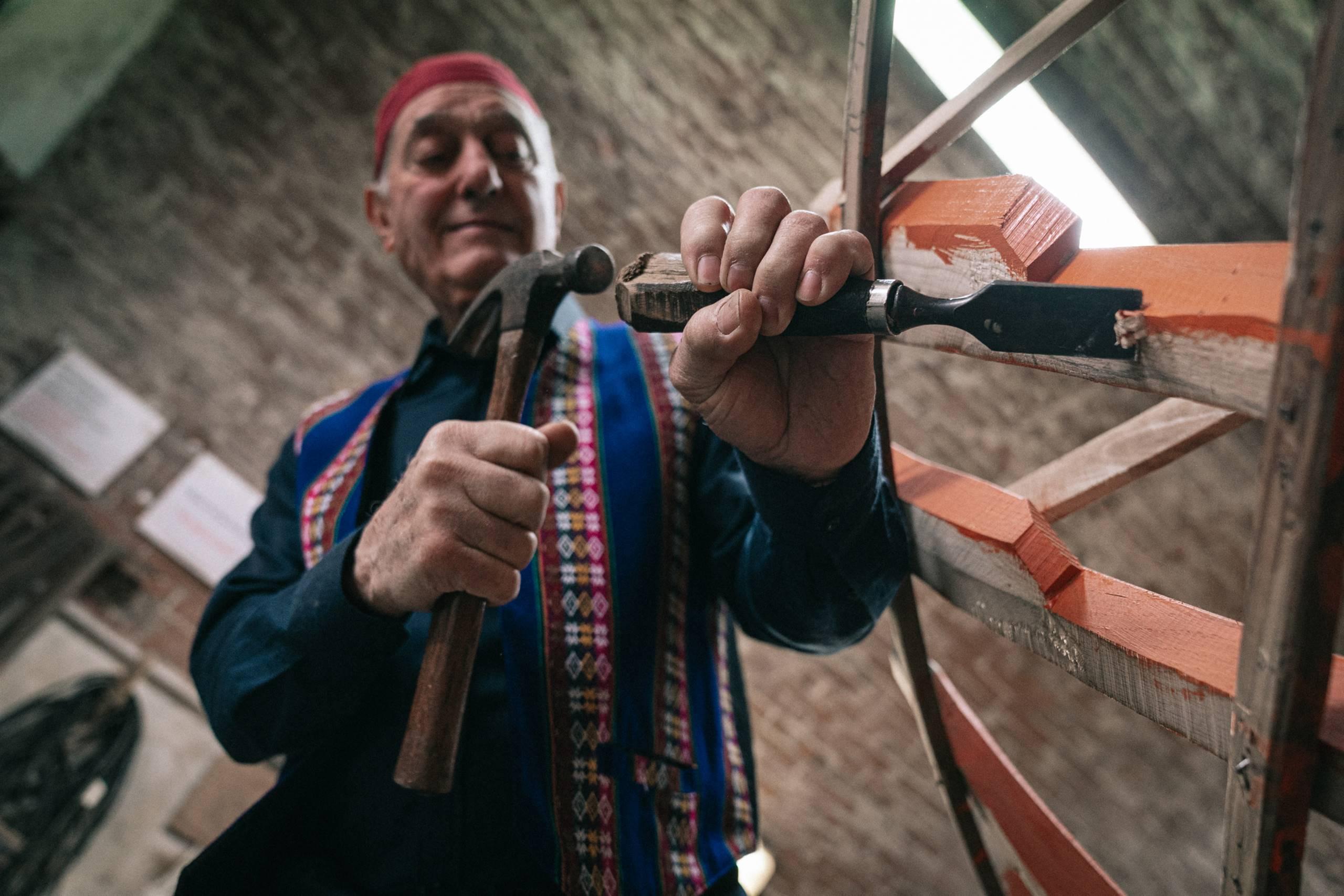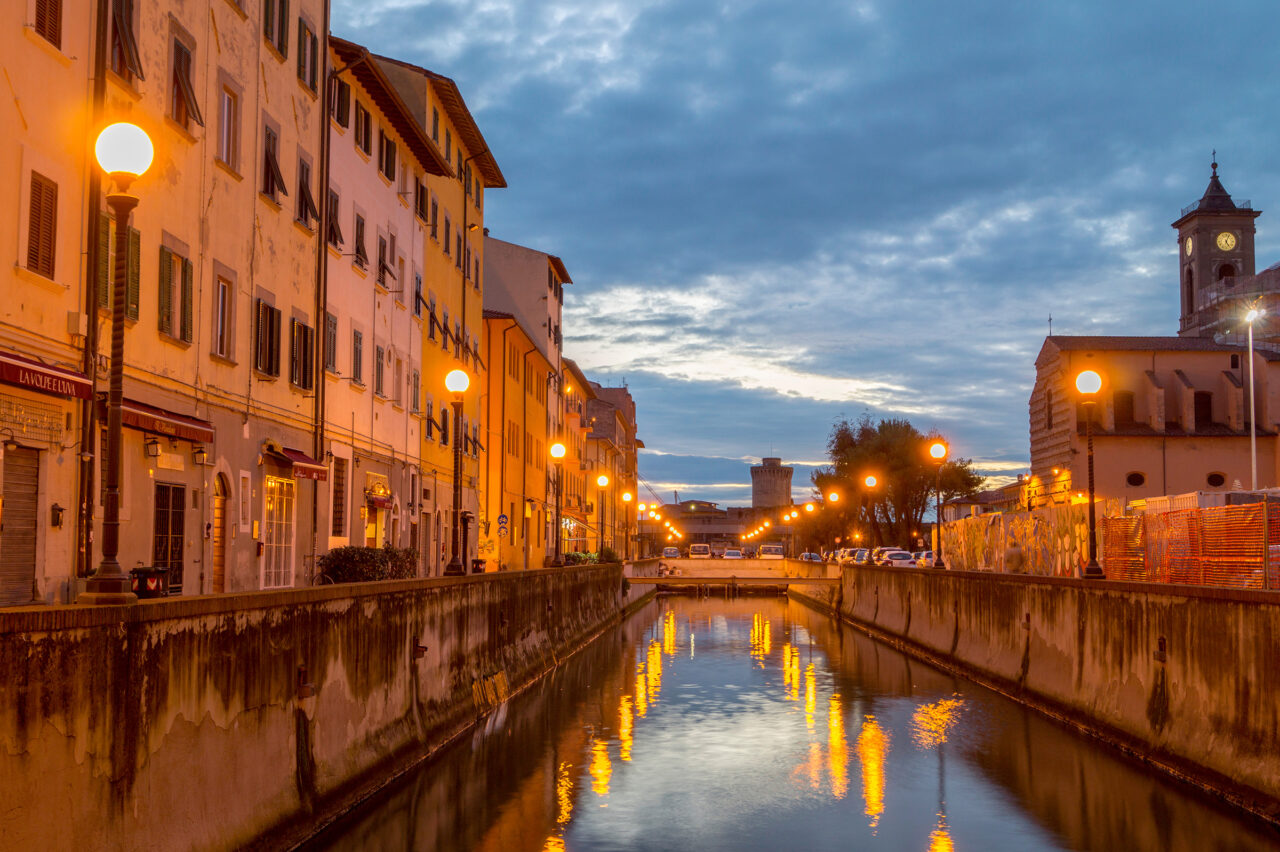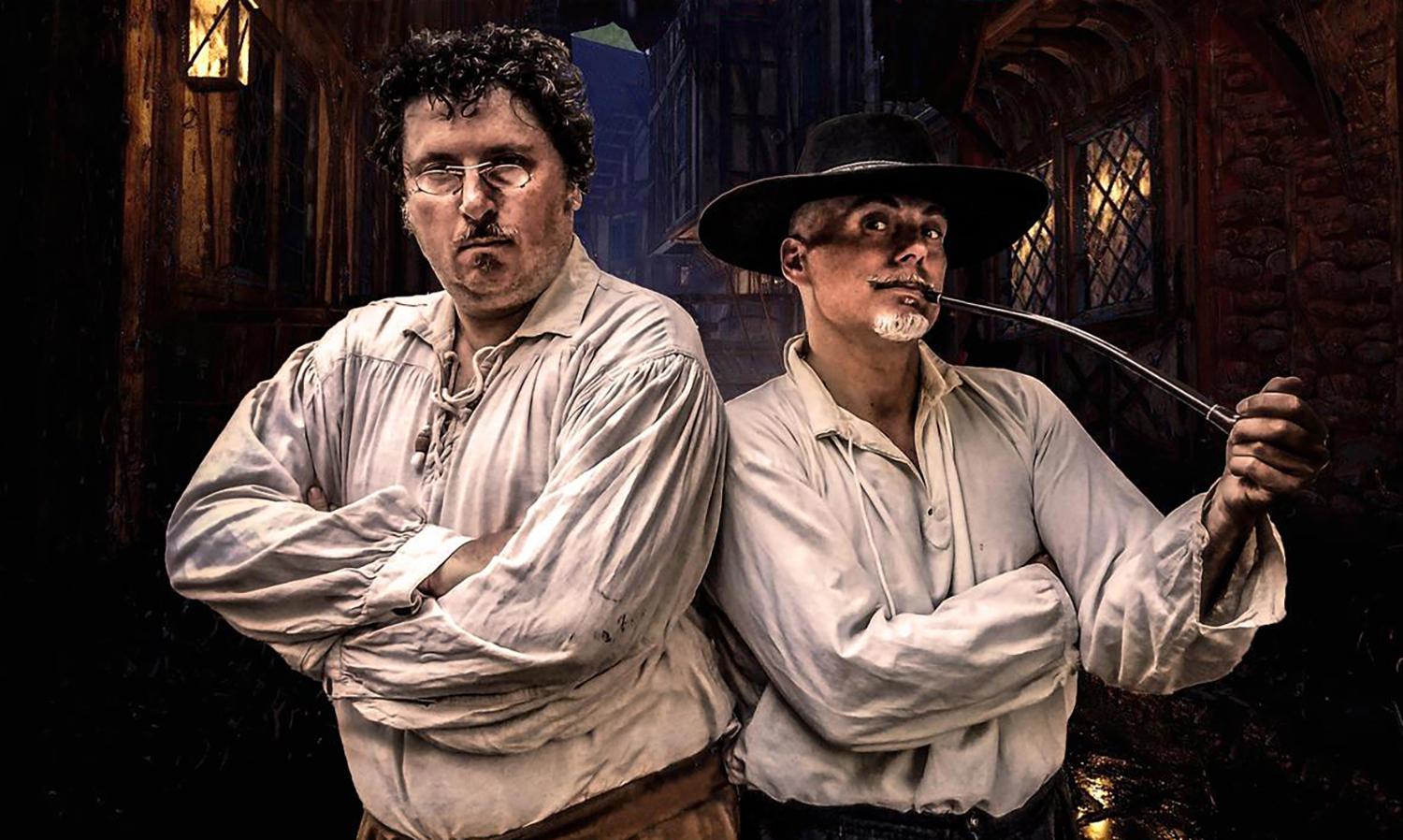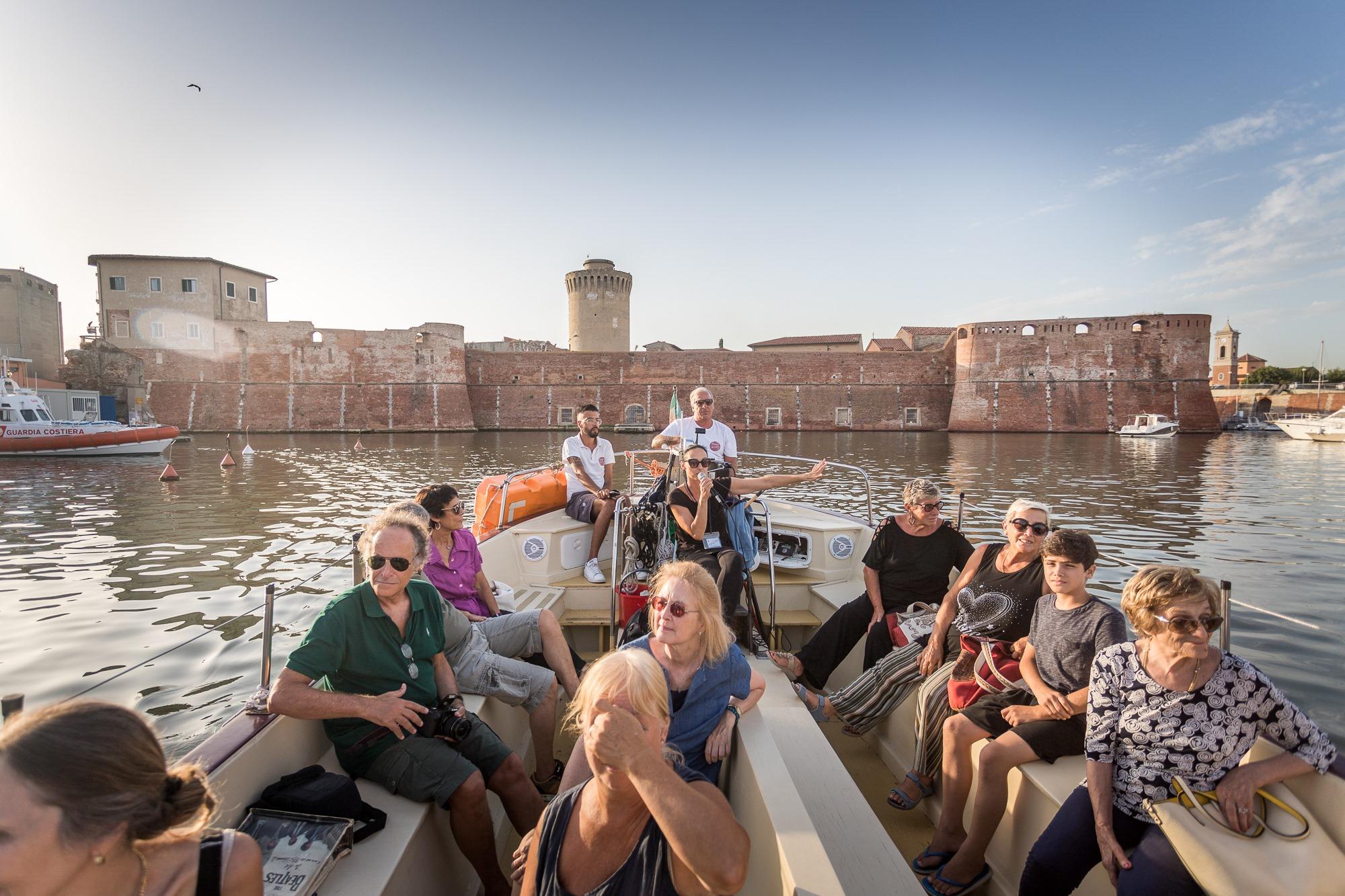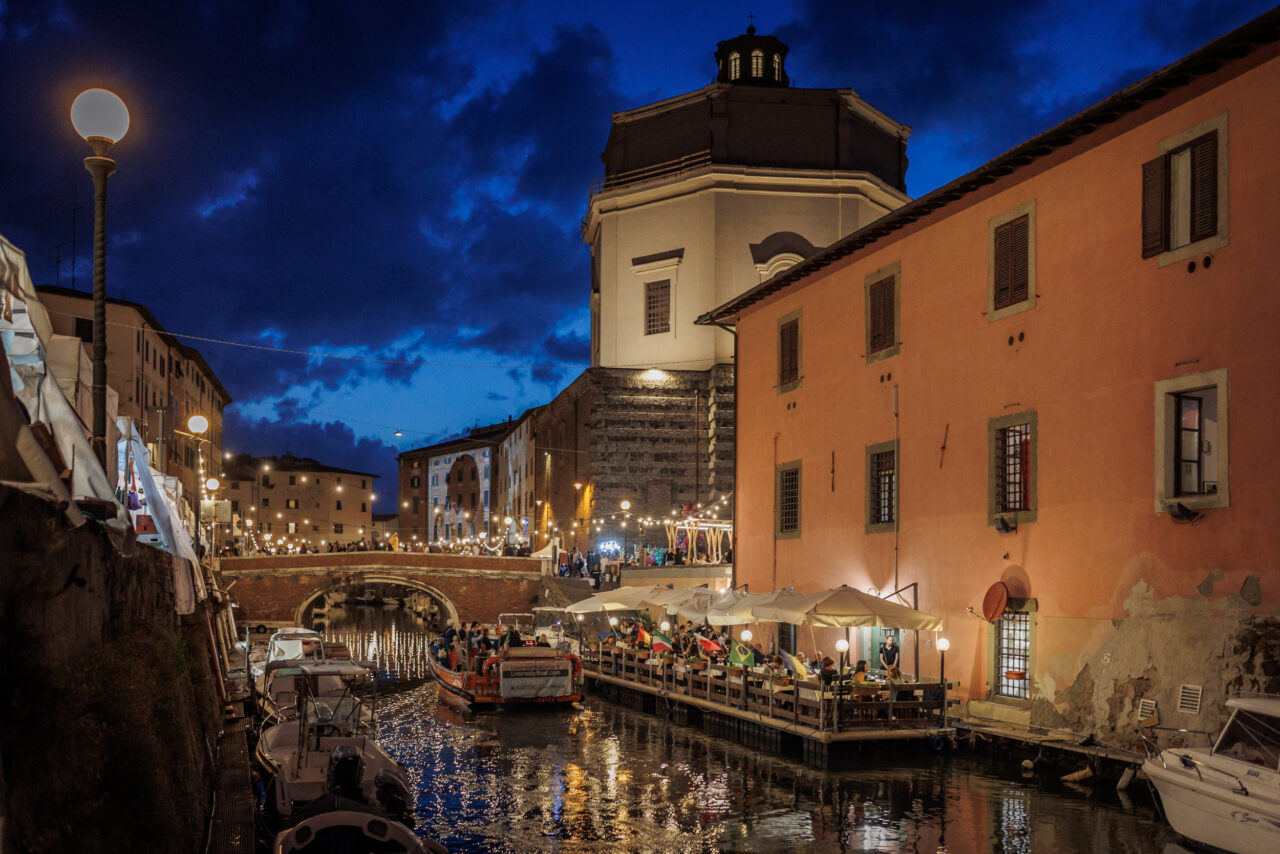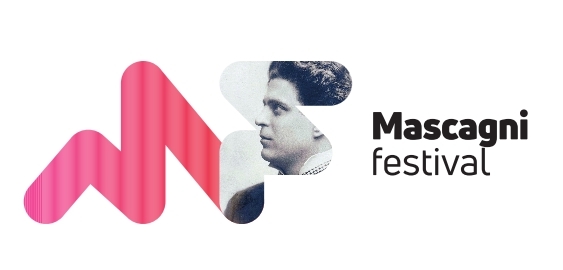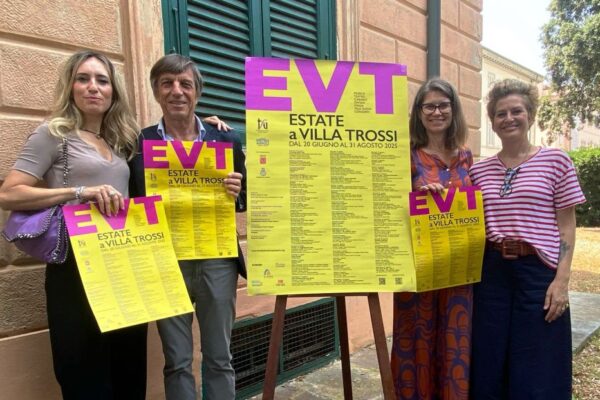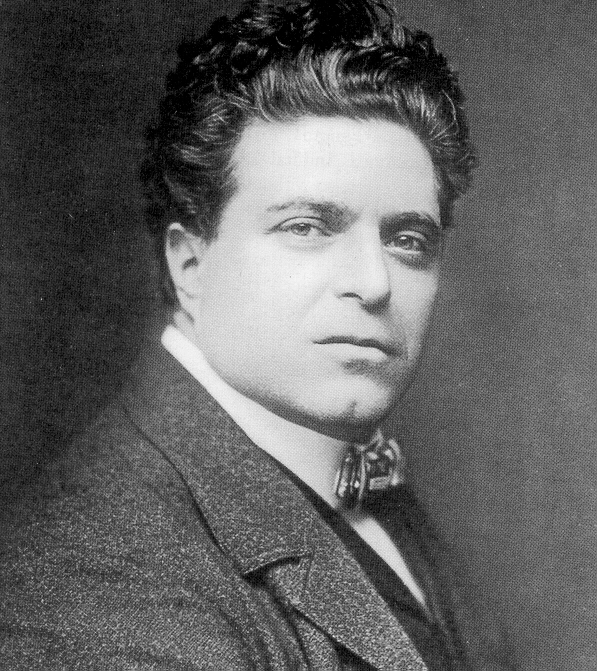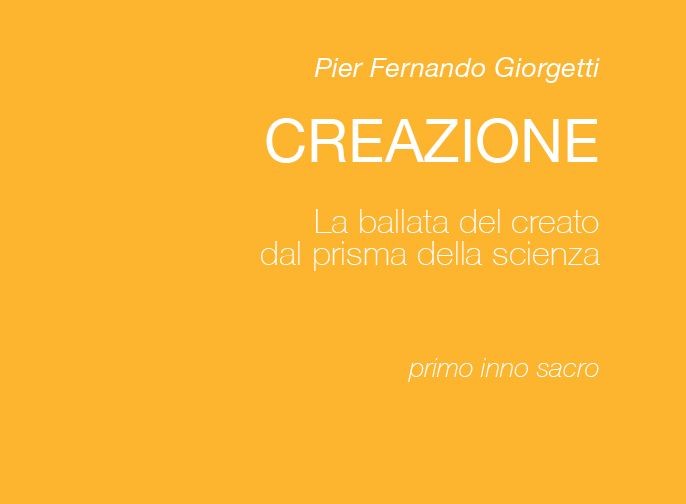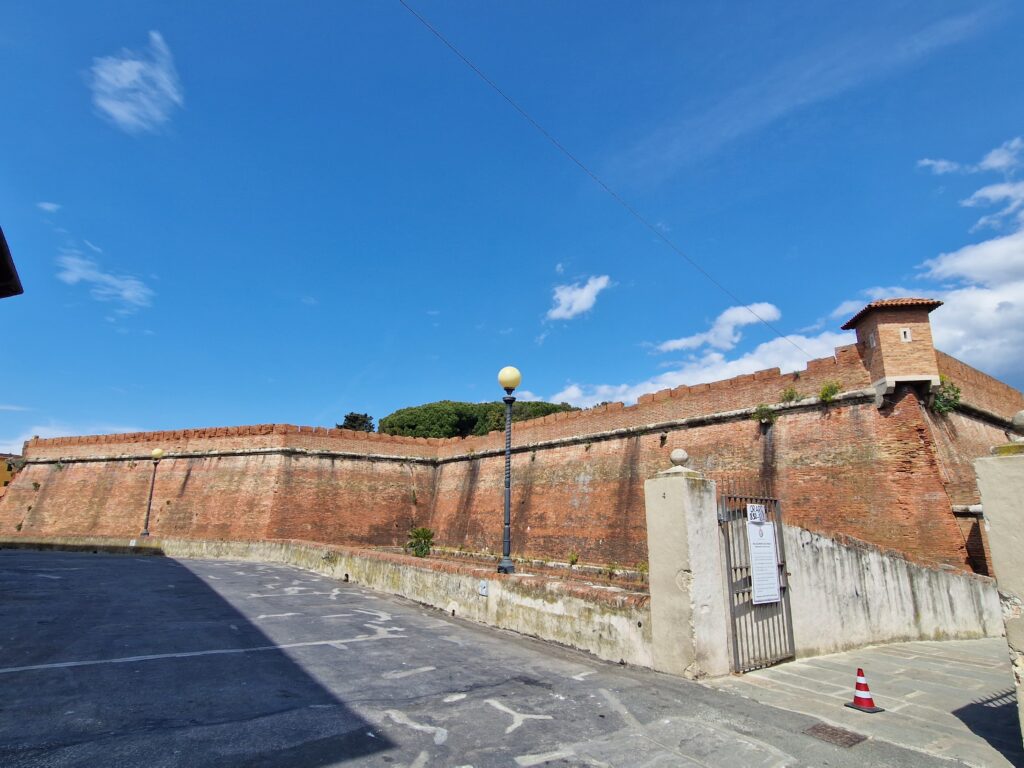The birth of one of the most important Italian theaters
In 1842 the impresario Francesco Caporali and his son Alessandro published a program for the construction of a new and sumptuous theater to be built in Livorno. The design of the work was entrusted to the young and promising Livornese architect Giuseppe Cappellini, who, trained at the Accademia delle Belle Arti di Firenze and then at the Scuola Michoniana, had already shown his skills by designing the beautiful Casini d’Ardenza.
Erected starting from 1843 in neoclassical style as part of the urban transformations desired by the Lorena family in the first half of the 19th century, the Teatro Goldoni actually arose as the culmination of the great cultural ferment that Livorno was experiencing in those years. Driven by a wealthy mercantile bourgeoisie eager to assert their social status, the city had in fact become one of the most important “theatrical squares” in Italy. Not surprisingly, the presence of at least ten important theaters and a series of smaller spaces, regularly filled by an ever-growing audience attracted by the most renowned companies of the time, earned it the nickname of “the city of theaters”.
Inaugurated in 1847 as the “Imperial and Royal Teatro Leopoldo” in honor of Grand Duke Pietro Leopoldo II of Lorena, after a grand start, the Teatro Goldoni quickly declined. The neglect of the owners who succeeded the Caporali family and the competition from other important theaters in the city, such as the Teatro degli Avvalorati, the San Marco, and the Rossini, prevented the development of an organic activity until at least 1855, when it was purchased and completely restored by the wealthy merchant Pandely Rodocanacchi.
The first rebirth of Teatro Goldoni
Once renamed “Regio Teatro Goldoni” following the expulsion of the Lorena family in 1859, under Rodocanacchi’s guidance, the theater’s program regained strength and consequently the approval of the audience. Thanks to the flexibility of the stage apparatus and the possibility of exploiting sunlight, the theater was in fact open to the staging of various forms of entertainment: from variety shows to early film experiments, from prose to opera, to circus performances and gymnastic-sporting demonstrations.
But what really filled theaters throughout Europe at the end of the 19th century were the veristic operas of the great Italian composers, and of course the Goldoni was no exception. Worth mentioning from this period is the performance of Cavalleria rusticana on August 14, 1890, when, only three months after its triumphant debut in Rome, the young Livornese composer Pietro Mascagni, bringing to his hometown what would become the most famous veristic opera in the world, forever made the Goldoni one of the temples of his music. Half a century later, still at the Goldoni, on the 50th anniversary of that memorable first performance, an almost eighty-year-old Mascagni conducted Cavalleria rusticana for the last time.
Another historic date that saw the Teatro Goldoni as the protagonist is 1921, the year in which the split of the Italian Socialist Party took place in its halls. The delegates who split from the party, leaving the Goldoni, held their assembly at another Livornese theater, the Teatro San Marco, where they founded the Communist Party of Italy.
The Second Renaissance
Required by the allies during the war as a place of leisure and entertainment for the troops, with the end of the conflict the Goldoni Theater returned to normality until the 1980s when, declared uninhabitable, it was acquired by the municipal heritage and underwent a challenging and lengthy restoration.
The complex recovery and adaptation operations to modern regulations concluded at the beginning of 2004, returning to the city one of its architectural gems. The new and solemn inauguration of the Goldoni Theater, which obviously included the representation of Cavalleria rusticana, was attended by another illustrious inhabitant of Livorno: President Carlo Azeglio Ciampi.
Today, through a rich and varied annual program of shows, the Goldoni Theater has once again become one of the most important points of reference for Livorno’s cultural activity. Included as a center for Italian opera production among the narrow group of traction theaters, it has also achieved numerous successful productions over time, thanks to collaborations with renowned artists and technicians, exported to national and international stages. Inside the theater, there is also an exhibition of memorabilia belonging to Pietro Mascagni.
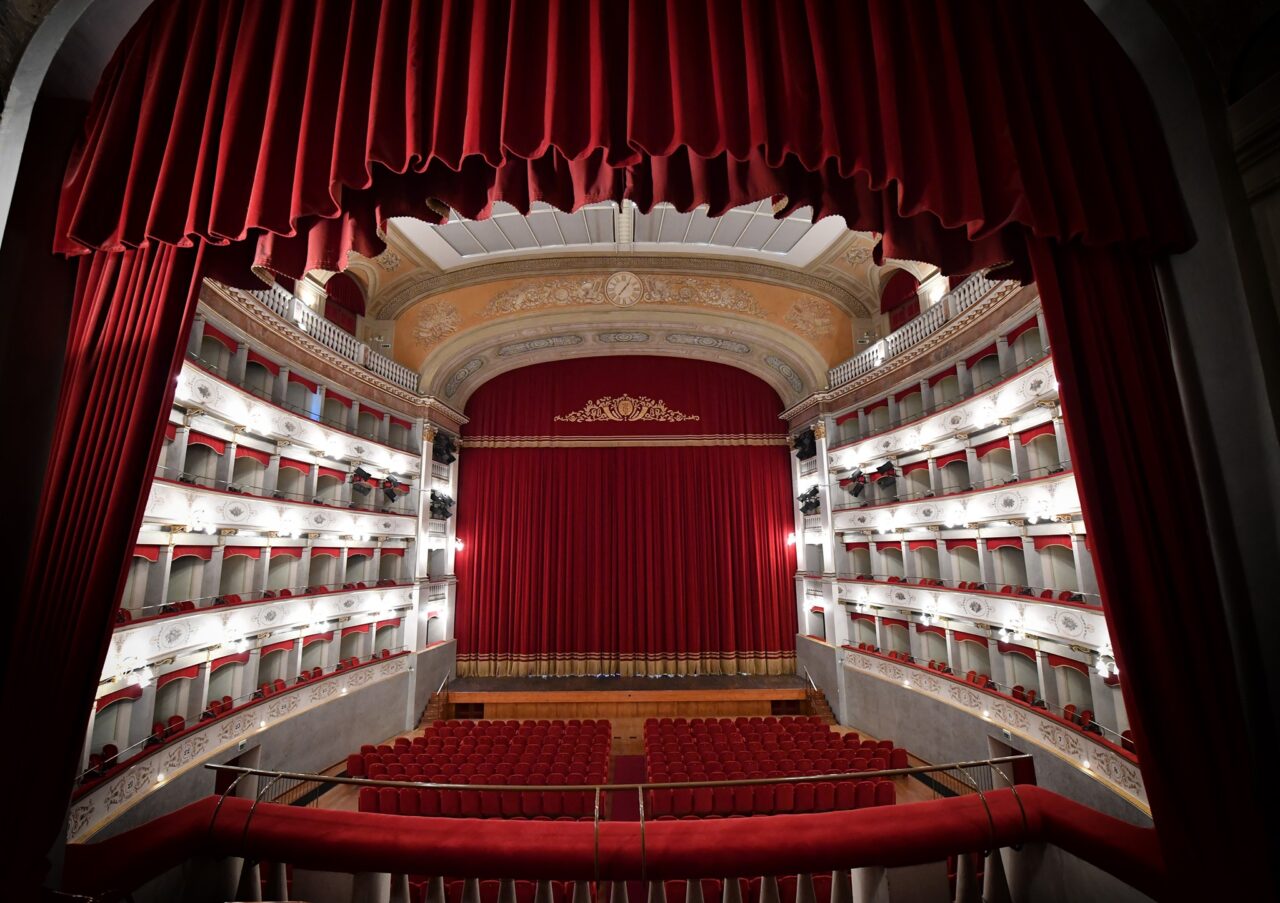
Useful informations
-
Who:
Alone, Children and families, Groups, In pairs, With friends
-
When:
Autumn, Spring, Summer, Winter
-
What:
-
Other characteristics
Free, Without reservation
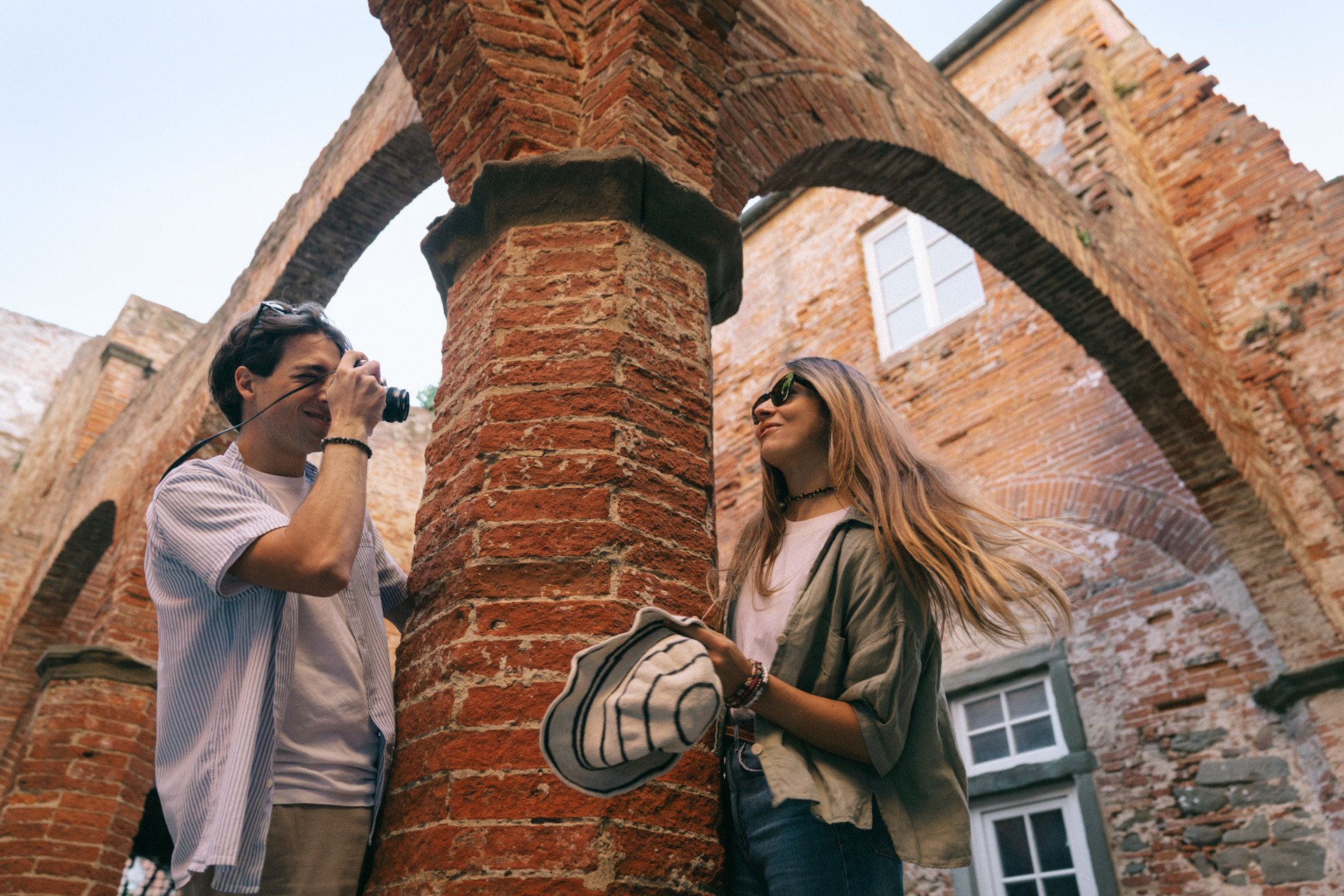
The unexpected Tuscany
Discover all the peculiarities that make Livorno so unique and surprising.
Discover more
Subscribe to the newsletter
to stay updated
Don't miss any news about events in Livorno and surroundings.
